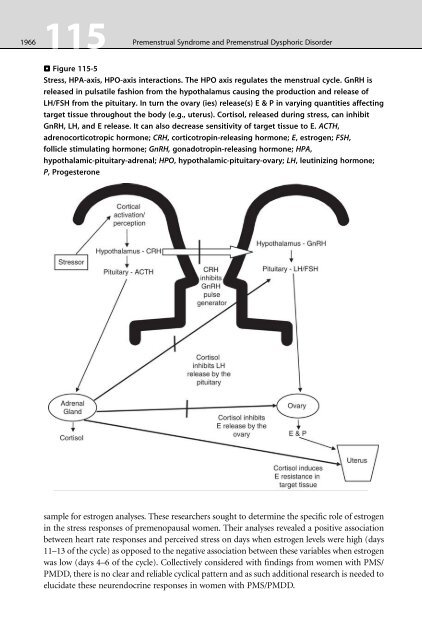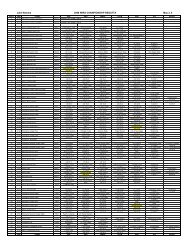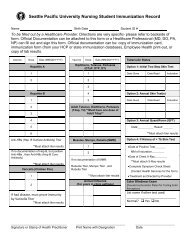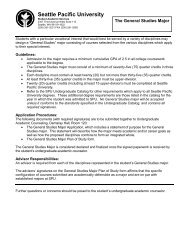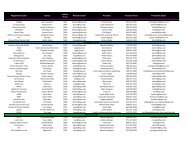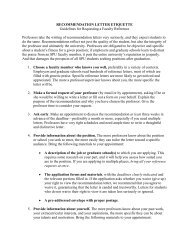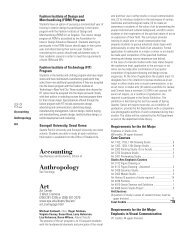115 Premenstrual Syndrome and Premenstrual Dysphoric Disorder ...
115 Premenstrual Syndrome and Premenstrual Dysphoric Disorder ...
115 Premenstrual Syndrome and Premenstrual Dysphoric Disorder ...
Create successful ePaper yourself
Turn your PDF publications into a flip-book with our unique Google optimized e-Paper software.
1966<br />
<strong>115</strong><br />
<strong>Premenstrual</strong><br />
<strong>Syndrome</strong> <strong>and</strong> <strong>Premenstrual</strong> <strong>Dysphoric</strong> <strong>Disorder</strong><br />
. Figure <strong>115</strong>-5<br />
Stress, HPA-axis, HPO-axis interactions. The HPO axis regulates the menstrual cycle. GnRH is<br />
released in pulsatile fashion from the hypothalamus causing the production <strong>and</strong> release of<br />
LH/FSH from the pituitary. In turn the ovary (ies) release(s) E & P in varying quantities affecting<br />
target tissue throughout the body (e.g., uterus). Cortisol, released during stress, can inhibit<br />
GnRH, LH, <strong>and</strong> E release. It can also decrease sensitivity of target tissue to E. ACTH,<br />
adrenocorticotropic hormone; CRH, corticotropin-releasing hormone; E, estrogen; FSH,<br />
follicle stimulating hormone; GnRH, gonadotropin-releasing hormone; HPA,<br />
hypothalamic-pituitary-adrenal; HPO, hypothalamic-pituitary-ovary; LH, leutinizing hormone;<br />
P, Progesterone<br />
sample for estrogen analyses. These researchers sought to determine the specific role of estrogen<br />
in the stress responses of premenopausal women. Their analyses revealed a positive association<br />
between heart rate responses <strong>and</strong> perceived stress on days when estrogen levels were high (days<br />
11–13 of the cycle) as opposed to the negative association between these variables when estrogen<br />
was low (days 4–6 of the cycle). Collectively considered with findings from women with PMS/<br />
PMDD, there is no clear <strong>and</strong> reliable cyclical pattern <strong>and</strong> as such additional research is needed to<br />
elucidate these neurendocrine responses in women with PMS/PMDD.


